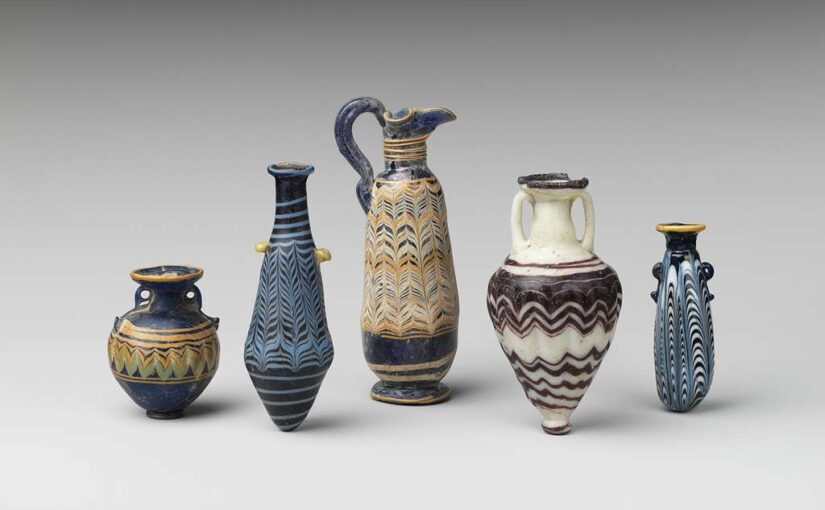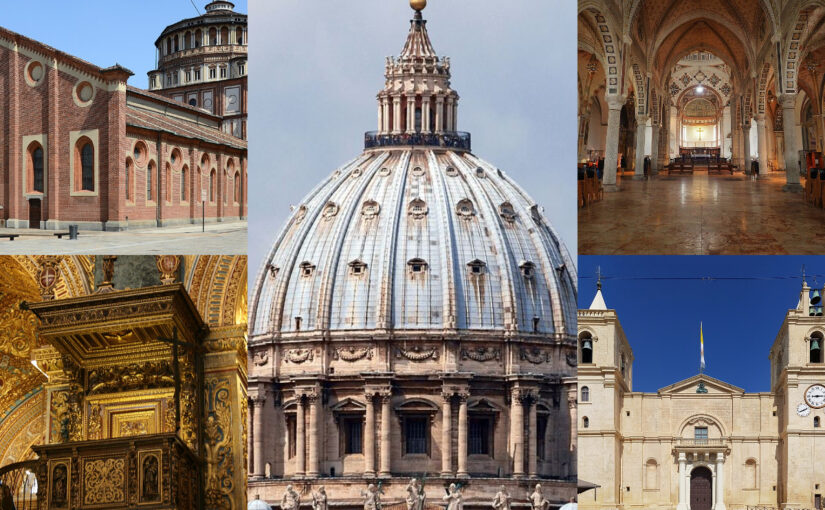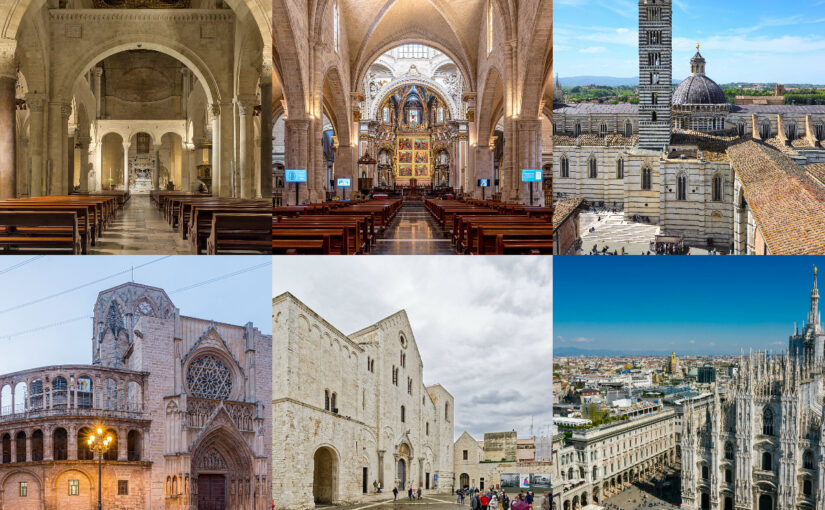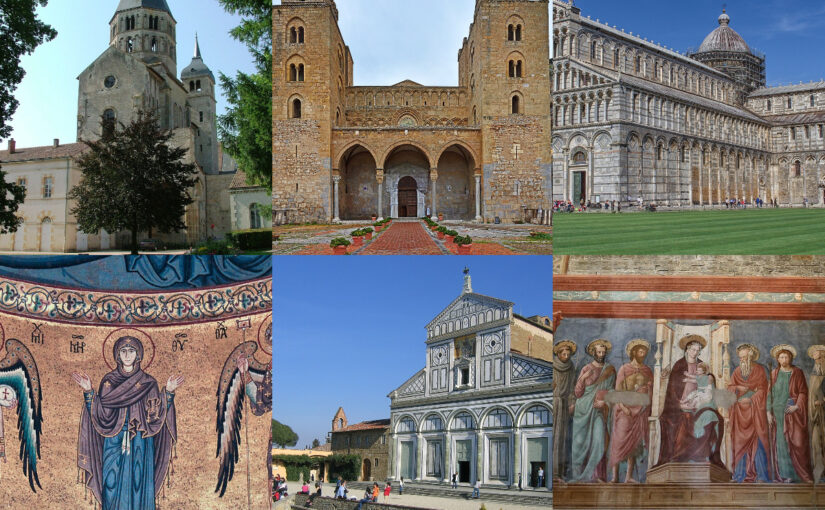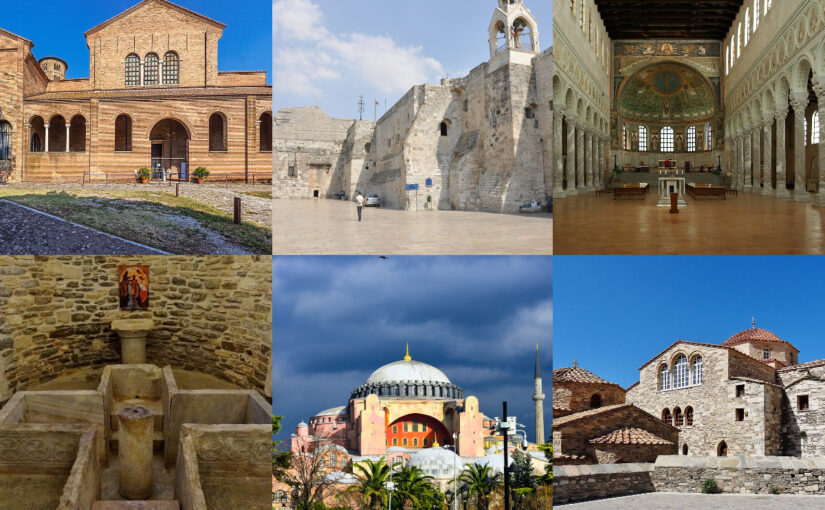The thunderous might of Zeus crashes through the skyscrapers of New York City. Sea gods rise from the waves to claim their half-mortal sons. Ancient monsters lurk in the shadows of modern highways. This is the electrifying realm of Percy Jackson and the Olympians, Rick Riordan’s blockbuster series that has captivated millions since its debut in 2005. With over 180 million copies sold worldwide and adaptations spanning books, films, and now a hit Disney+ show, Percy’s adventures have turned Greek mythology into a gateway for young readers to explore the gods, heroes, and beasts of ancient tales. But how much of this fantastical narrative sticks to the truths of Greek mythology? As a fan diving back into these stories or a newcomer curious about the myths that inspired them, you might wonder if Percy Jackson is a faithful retelling or a bold remix. In this deep dive, we’ll unpack the layers of Percy Jackson myths. We’ll reveal where Riordan honors the essence of ancient Greek stories and where he spins creative threads to fit our contemporary world. Let’s journey from Mount Olympus to Camp Half-Blood and beyond. We’ll trace the threads of truth woven into this modern epic.
Continue reading Unveiling the Myths: How Percy Jackson Revives Real Greek LegendsAuthor: admin
The Simple Magic of Italian Bruschetta 🍅✨
Few dishes evoke the rustic charm of Italy quite like bruschetta. It’s the first bite that greets you at a summer table in Tuscany, where the scent of toasted bread mingles with ripe tomatoes and basil drifting through the warm air. People love bruschetta because it celebrates simplicity: humble ingredients that, when combined just right, create something extraordinary. It’s casual enough for an afternoon snack, yet elegant enough to start a dinner party. The toasted, garlic-rubbed bread captures everything wonderful about Mediterranean cuisine: freshness, balance, and sunshine in every bite.
Continue reading The Simple Magic of Italian Bruschetta 🍅✨A Slice of Sunshine ☀️: The Joy of Spanakopita
Picture a golden, flaky pie emerging from the oven, its aroma of spinach, herbs, and feta filling your kitchen. That’s Spanakopita, Greece’s beloved spinach pie and one of the most comforting dishes in Mediterranean cuisine. It strikes the perfect balance between hearty and light, simple and sophisticated. People love it because each crisp bite brings together the freshness of greens and the richness of cheese, layered in whisper-thin phyllo that shatters delicately with every touch.
Serve it steaming hot for dinner, or let it cool and enjoy it picnic-style the next day. It tastes like sunshine, coastal breezes, and the laughter of a long afternoon meal shared with friends. 🌿🍴
Continue reading A Slice of Sunshine ☀️: The Joy of SpanakopitaTabbouleh: A Fresh Symphony in Every Bite 🌿🍋🍅
Tabbouleh is one of those radiant dishes that effortlessly wins hearts. Its vibrant greens, juicy tomatoes, and bright citrus notes have a way of waking up the senses. Perfect for warm days or as a refreshing side to grilled meats, it’s light yet satisfying. People adore it because it’s a celebration of fresh ingredients that taste as good as they look. Whether served at a sunny picnic or a cozy kitchen table, tabbouleh invites everyone to slow down, savor, and share.
Continue reading Tabbouleh: A Fresh Symphony in Every Bite 🌿🍋🍅Savor the Mediterranean’s Aromas: Discover the Finest Perfumeries
Imagine the sun-kissed cliffs of the Italian Riviera dropping into turquoise waters, where the air hums with the zesty burst of ripe citrus from terraced groves and the salty whisper of coastal breezes. As you wander deeper into olive-shaded paths or Provençal lavender fields swaying under a cerulean sky, the Mediterranean reveals itself not just through sights but through an invisible tapestry of scents that linger on the skin like memories. Fragrances from the region’s storied parfumeries act as portable portals, distilling the vibrant essence of sun-drenched landscapes, wild herbs, and sea-infused florals into bottles that transport the wearer across borders and epochs. These scents blend citrus brightness with herbal earthiness, evoking the timeless allure of ancient cultures where perfume was both art and ritual, allowing anyone to embark on a sensory odyssey without leaving home.
Continue reading Savor the Mediterranean’s Aromas: Discover the Finest PerfumeriesMediterranean Churches Reimagined: Modern and Contemporary Innovations (19th–21st Centuries)
Across the sunlit Mediterranean, church architecture tells a story of daring reinvention. Nothing remains static amid the region’s waves of artistic and technological evolution, from the echoes of ancient domes to the angular abstractions gracing skylines today. As the nineteenth century unfolded, historicism swept through southern Europe, resuscitating bygone styles in dazzling hybrids. Brick and marble gave way to concrete and glass. Familiar basilicas shared streets with streaks of cubist geometry and biomorphic curves, ushering in new spiritual possibilities for bustling cities and quiet villages alike.
Continue reading Mediterranean Churches Reimagined: Modern and Contemporary Innovations (19th–21st Centuries)Mediterranean Churches: Harmony and Drama from Renaissance to Baroque (15th–18th Centuries)
In the midst of Mediterranean sunlight, the silhouettes of Renaissance and Baroque churches command city skylines and rural landscapes with enduring elegance. These sanctuaries mark a pivotal transition in European architecture, a journey from the constraints of Gothic engineering to a new era of symmetry, classical grace, and, later, explosive theatricality. For nearly four centuries, church builders across Italy, Malta, and Germany reimagined sacred space, beginning with the measured poise of the Renaissance and culminating in the swirling spectacle of the Baroque.
Continue reading Mediterranean Churches: Harmony and Drama from Renaissance to Baroque (15th–18th Centuries)Mediterranean Churches: The Graceful Ascent of Gothic Architecture (12th–15th Centuries)
It began with an audacious leap. The world of Mediterranean churches was changing, shedding the massive barrel vaults and fortress-like walls of the Romanesque in favor of verticality, light, and ornamentation that really belonged to another era: the Gothic. Pointed arches soared over bustling piazzas. Ribbed vaults unfolded above the prayers of thousands. Flying buttresses danced around sacred enclaves, supporting ambitious vaults as high as the dreams of their communities. Yet, as the Gothic style swept across southern Europe, it took on a distinctly Mediterranean resonance. If French cathedrals reached for the sky with razor-sharp skeletons and kaleidoscopic stained glass, their cousins in Italy and Spain married flamboyant flourishes with marble warmth, local color, and urban swagger.
Continue reading Mediterranean Churches: The Graceful Ascent of Gothic Architecture (12th–15th Centuries)Mediterranean Churches: The Romanesque Revival of Faith and Stone (10th–12th Centuries)
Imagine a time when Europe emerged from centuries of upheaval, its people seeking solace in stone and spirit. The Romanesque era, spanning the 10th to 12th centuries, marked a profound architectural awakening across the Mediterranean. This was no mere building spree. It was a revival, a fervent reimagining of sacred spaces amid monastic zeal and societal rebirth. The term “Romanesque” itself nods to its roots, a nod to the ancient Roman techniques it borrowed and transformed. Rounded arches, sturdy vaults, and massive walls echoed the empire’s engineering prowess, yet these elements were infused with a distinctly Christian purpose, creating fortresses of faith that stood as beacons in a turbulent world.
Continue reading Mediterranean Churches: The Romanesque Revival of Faith and Stone (10th–12th Centuries)Mediterranean Churches: The Architectural Brilliance of Early Christian and Byzantine Eras (4th–7th Centuries)
The Mediterranean basin, a crossroads of commerce, culture, and conquest, became the cradle of Christian architectural innovation in the centuries after the Roman Empire’s dramatic turn toward the cross. When Emperor Constantine embraced Christianity and legalized its practice in the early 4th century, the region’s sacred landscape began to transform in earnest. What started as clandestine gatherings in homes or repurposed halls soon exploded into a bold new visual language of worship. At its beating heart stood the basilica, a shape borrowed and transformed; its stones are the quiet witnesses to an epochal shift from imperial Roman grandeur to the humility and mystery of Christian ritual.
Continue reading Mediterranean Churches: The Architectural Brilliance of Early Christian and Byzantine Eras (4th–7th Centuries)



